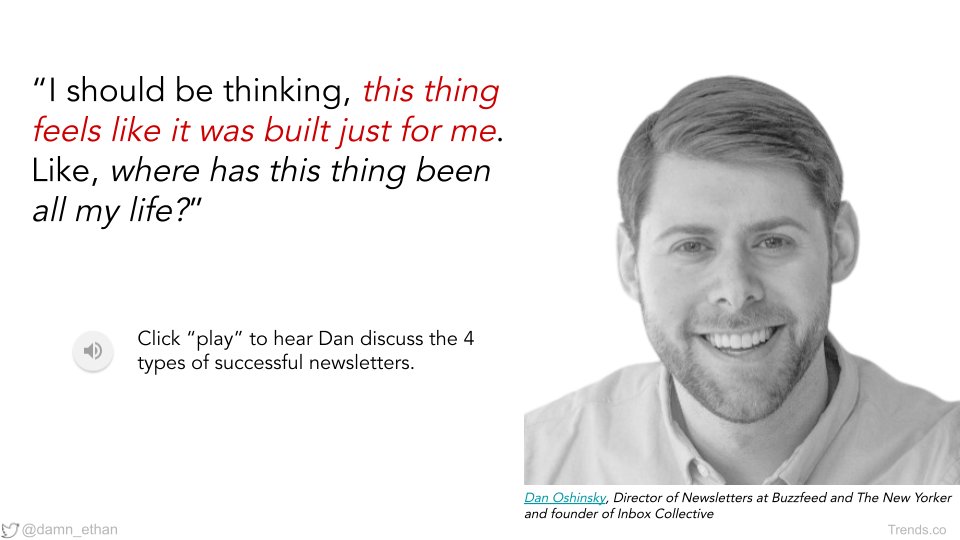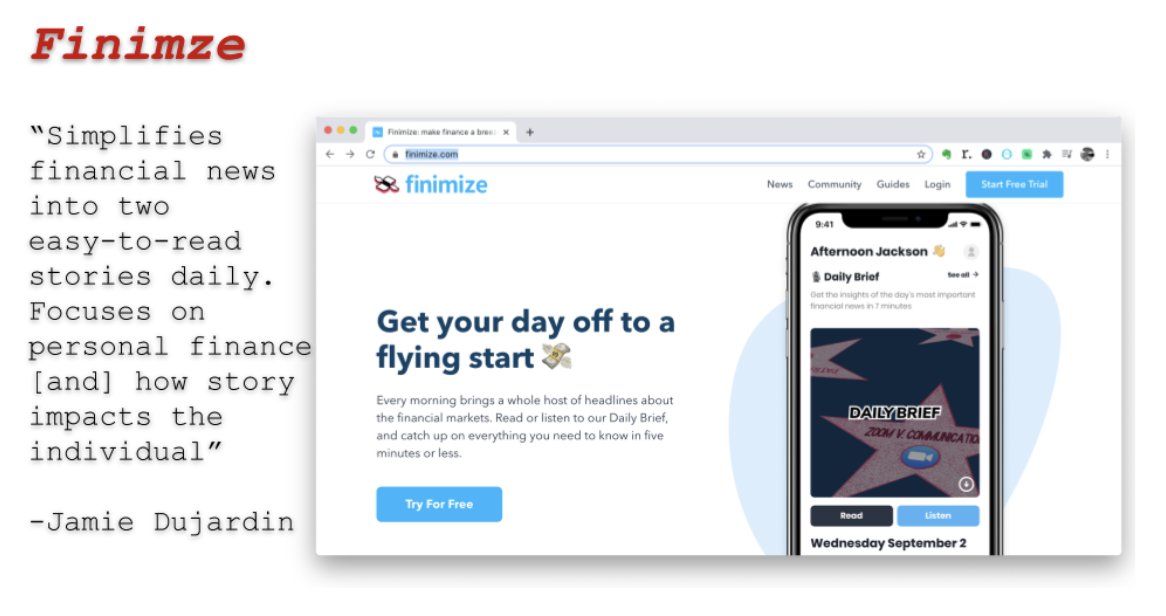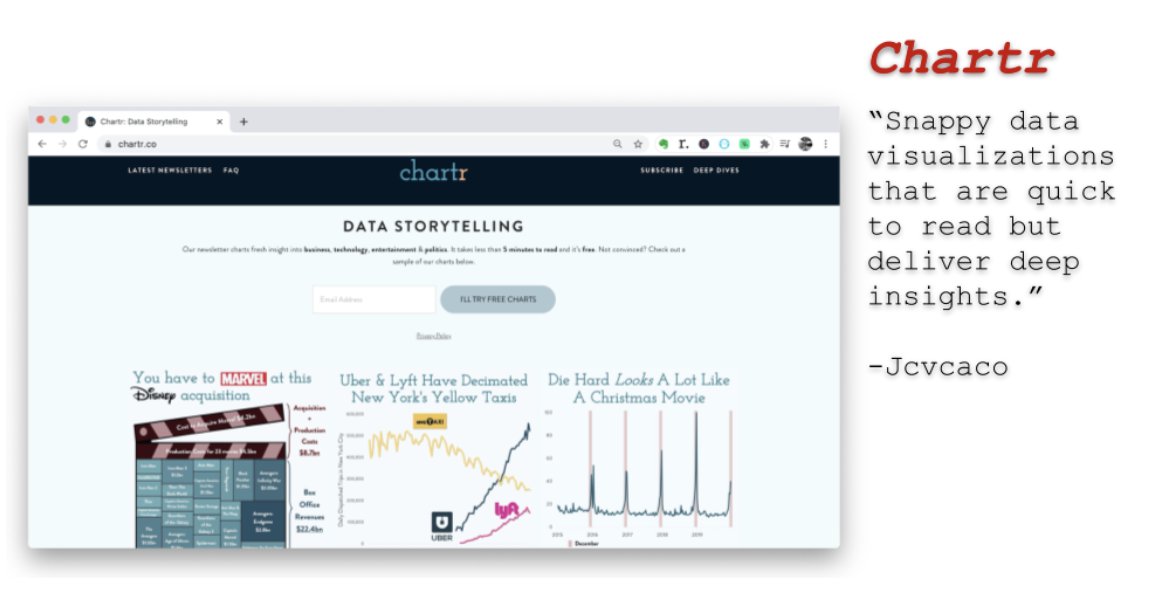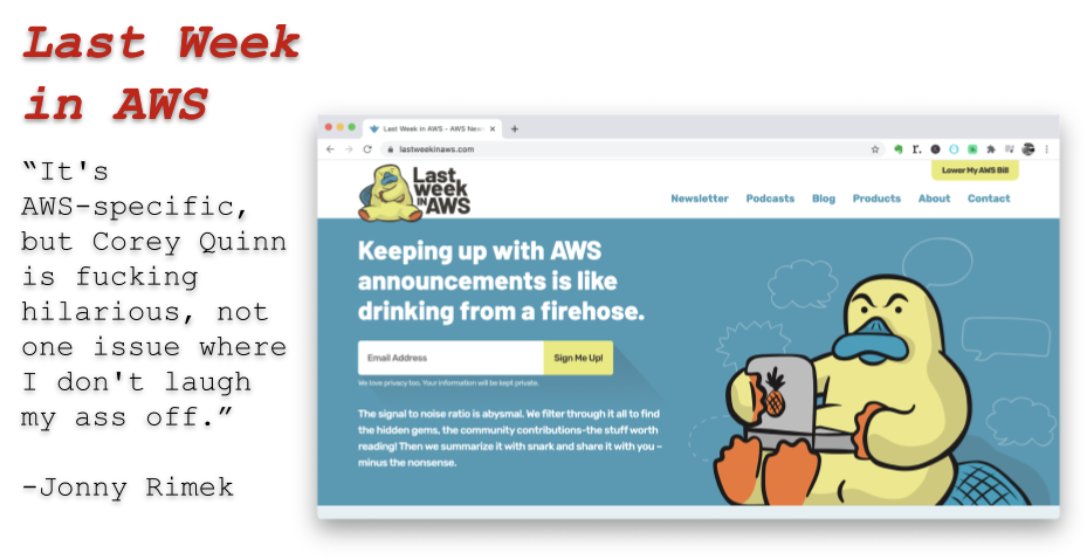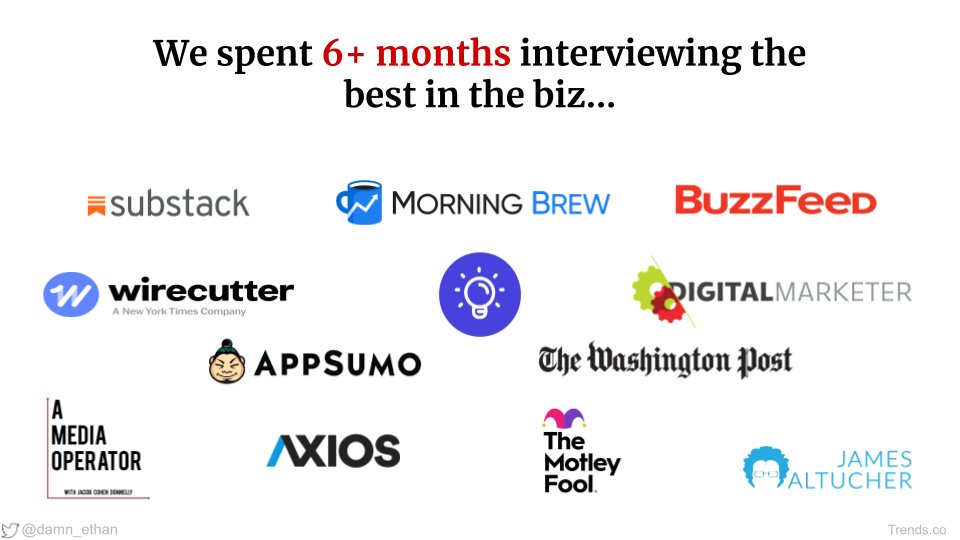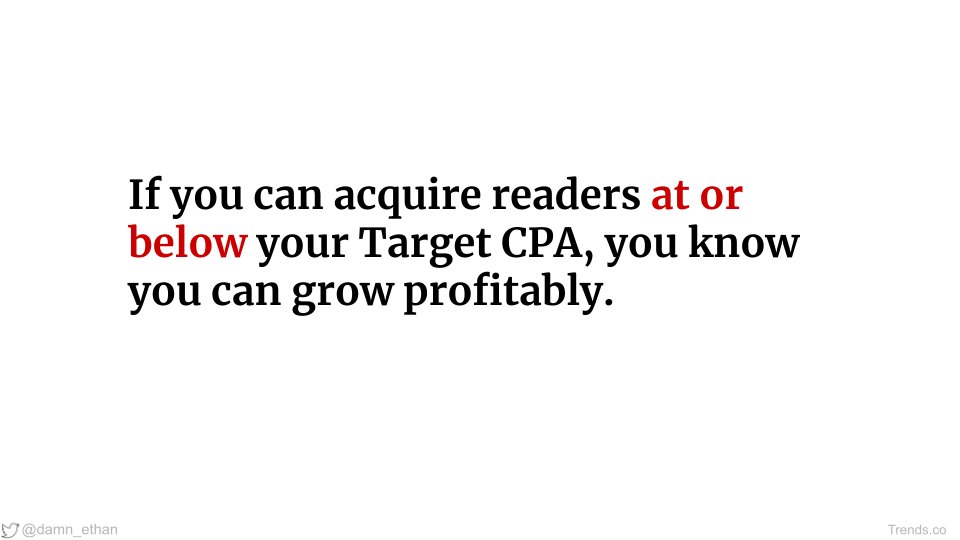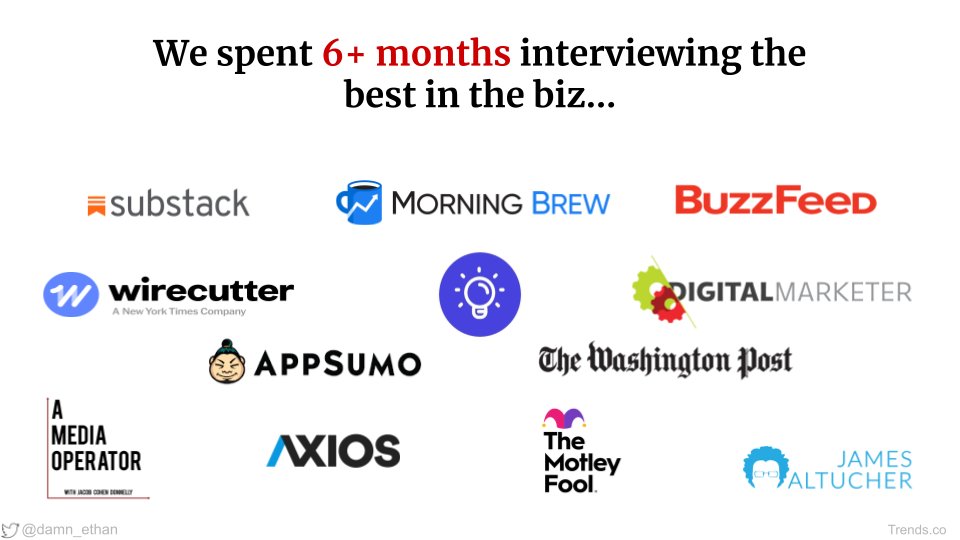
Thinking of investing in the newsletter space?
Here's your executive summary -- everything you need to know in 3 mins or less, including:
-How the media industry is changing
-How the business model works
-Major funding & acquisition deals
-etc
Based on 6+ months research 🧵...
Here's your executive summary -- everything you need to know in 3 mins or less, including:
-How the media industry is changing
-How the business model works
-Major funding & acquisition deals
-etc
Based on 6+ months research 🧵...
The media industry is changing.
Since '08, newspapers have experienced a 68% drop in ad revenue. Down to roughly HALF what it was in 1956.
brookings.edu/research/local…
Since '08, newspapers have experienced a 68% drop in ad revenue. Down to roughly HALF what it was in 1956.
brookings.edu/research/local…
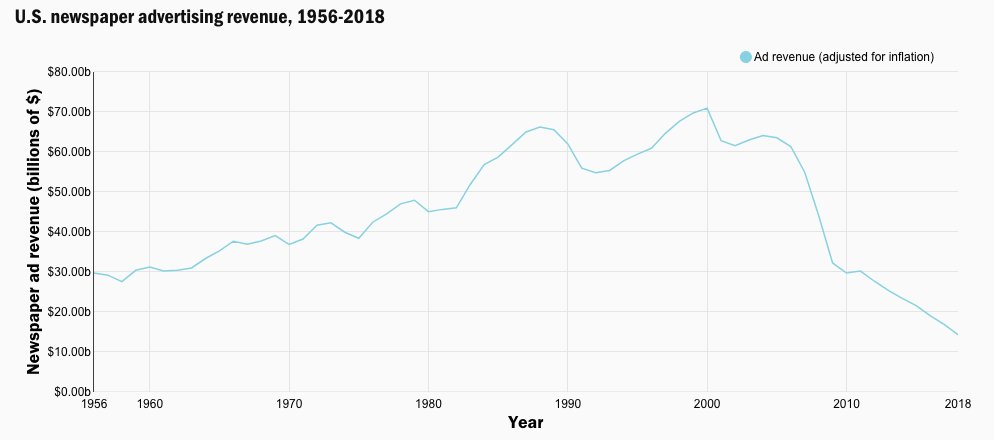
Papers are folding left and right.
In 2020, Berkshire Hathaway sold its 30-paper news unit to Lee Enterprises for $140m.
Today, 200 US counties have neither daily nor weekly news papers.
In 2020, Berkshire Hathaway sold its 30-paper news unit to Lee Enterprises for $140m.
Today, 200 US counties have neither daily nor weekly news papers.
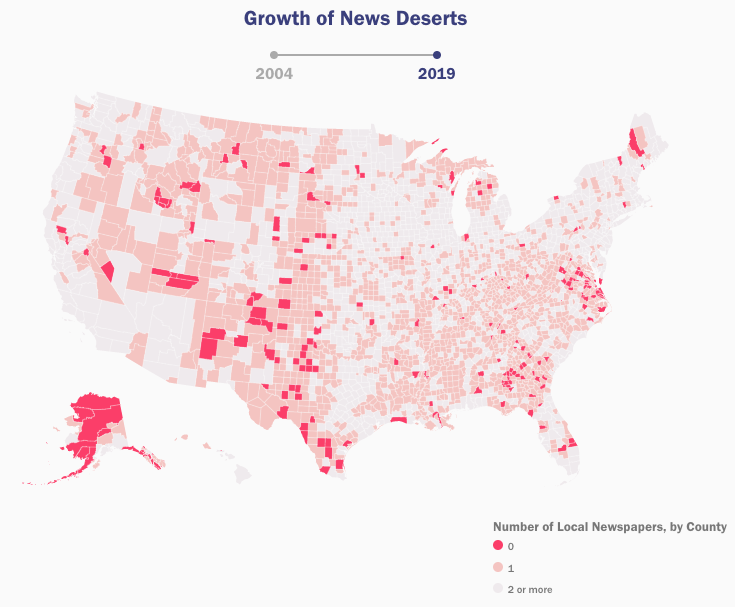
Newsletters may fill this void:
Across 40 countries, ~16% of readers get news via email (~21% in US).
🌏 Worldwide: ~4B email users with ~100m joining each year.
🇺🇸 US: ~252m unique email users w/ ~4-6m joining each year.
Still lots of opportunity.
bit.ly/3xmugdp
Across 40 countries, ~16% of readers get news via email (~21% in US).
🌏 Worldwide: ~4B email users with ~100m joining each year.
🇺🇸 US: ~252m unique email users w/ ~4-6m joining each year.
Still lots of opportunity.
bit.ly/3xmugdp
COVID had a huge impact on newsletter signups.
@TheAtlantic added 90k paying subs between March and May 2020.
@SubstackInc grew to 250k+ paying subscribers by Dec. Reportedly 500k+ today.
backlinko.com/substack-users
@TheAtlantic added 90k paying subs between March and May 2020.
@SubstackInc grew to 250k+ paying subscribers by Dec. Reportedly 500k+ today.
backlinko.com/substack-users
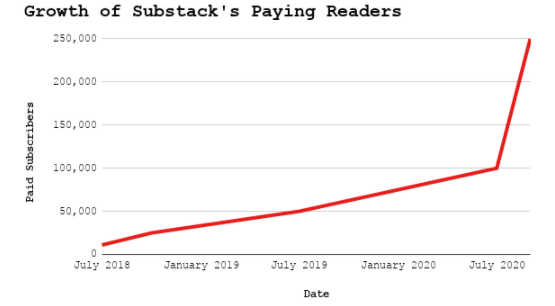
Long-time print publications are making major bets on email too:
🗞️ NYT shifted from ad-driven to primarily subscription-driven revenue
☕ Business Insider bought a controlling stake in Morning Brew for $75m
📣 Forbes announced it's working on newsletter publishing tools
🗞️ NYT shifted from ad-driven to primarily subscription-driven revenue
☕ Business Insider bought a controlling stake in Morning Brew for $75m
📣 Forbes announced it's working on newsletter publishing tools
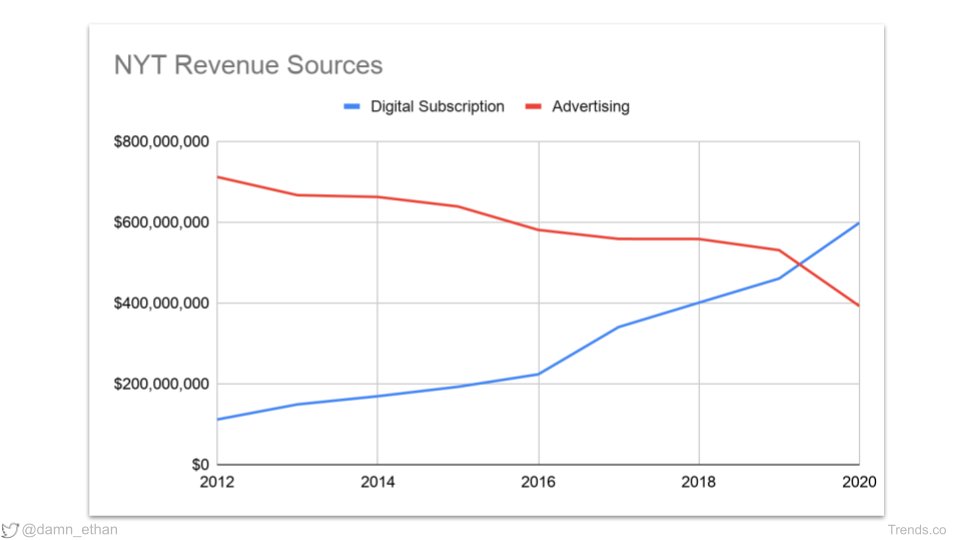
The Online News Association further legitimized the space by adding an "Excellence in Newsletters" category to its annual awards.
(congrats to @JuddLegum who took home the very first 😉)
(congrats to @JuddLegum who took home the very first 😉)
https://twitter.com/revue/status/1308406339098619905
Here's how the business model works:
You make money via...
-Free subscriptions (monetized via ads)
-Low-cost subscriptions
-High-cost subscriptions
Readers move like this:
Free -> Low-cost -> High cost
Much more on this here:
You make money via...
-Free subscriptions (monetized via ads)
-Low-cost subscriptions
-High-cost subscriptions
Readers move like this:
Free -> Low-cost -> High cost
Much more on this here:
https://twitter.com/damn_ethan/status/1381969678399049730
Let's talk about roadmaps for hiring, growing, and scaling revenue.
Broadly speaking, newsletters grow through 3 key phases:
0 - 10k Readers: Finding product fit
10k - 100k Readers: Monetizing
100k - 1m+ Readers: Scale
Here's a look at how Morning Brew's revenue evolved.
Broadly speaking, newsletters grow through 3 key phases:
0 - 10k Readers: Finding product fit
10k - 100k Readers: Monetizing
100k - 1m+ Readers: Scale
Here's a look at how Morning Brew's revenue evolved.

2 things often happen when a newsletter passes 100k subscribers:
1️⃣ Failed deliveries start to cut into revenue at this point, so they often upgrade their technical stack to fix.
2️⃣ Make their first technical hire.
Here's a closer look at MB's team size over time.

1️⃣ Failed deliveries start to cut into revenue at this point, so they often upgrade their technical stack to fix.
2️⃣ Make their first technical hire.
Here's a closer look at MB's team size over time.

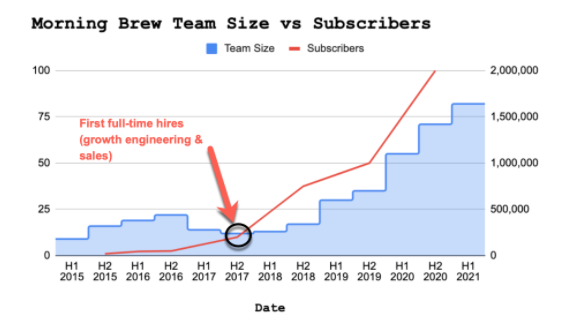
Here's one more look, showing Morning Brew's hiring roadmap vs revenue.
If you're hiring, or advising a portfolio company hopefully you find these helpful.
If you're hiring, or advising a portfolio company hopefully you find these helpful.
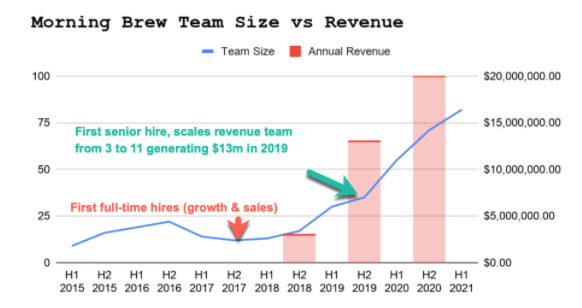
As for major deals -- I worked on this one for a while, but they just don't translate well to tweet form.
So here's a doc with a bunch of data on industry leaders, funding, acquisitions, and people to follow (including other investors in this space)
docs.google.com/document/d/1SH…
So here's a doc with a bunch of data on industry leaders, funding, acquisitions, and people to follow (including other investors in this space)
docs.google.com/document/d/1SH…
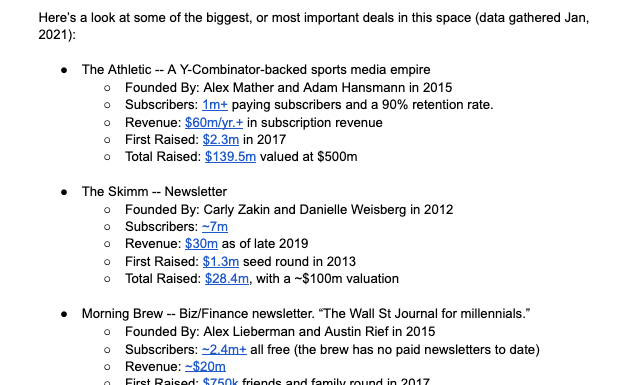
If you found this interesting or helpful, follow me (@damn_ethan) and check out trends.co.
We've got 300+ pages of distilled research & examples to share over the next 38 days.
DM if you have questions or want me on your podcast. Happy to dish!
We've got 300+ pages of distilled research & examples to share over the next 38 days.
DM if you have questions or want me on your podcast. Happy to dish!
TL;DR
-Newspapers are folding left and right
-Newsletters might fill the void
-COVID led to a huge subscription bump
-Large companies like Forbes & NYT are bullish
-Newsletters grow through 3 main phases
-Hiring goes Editorial > Technical > Revenue
-100k subs is a crucial time.
-Newspapers are folding left and right
-Newsletters might fill the void
-COVID led to a huge subscription bump
-Large companies like Forbes & NYT are bullish
-Newsletters grow through 3 main phases
-Hiring goes Editorial > Technical > Revenue
-100k subs is a crucial time.
• • •
Missing some Tweet in this thread? You can try to
force a refresh


